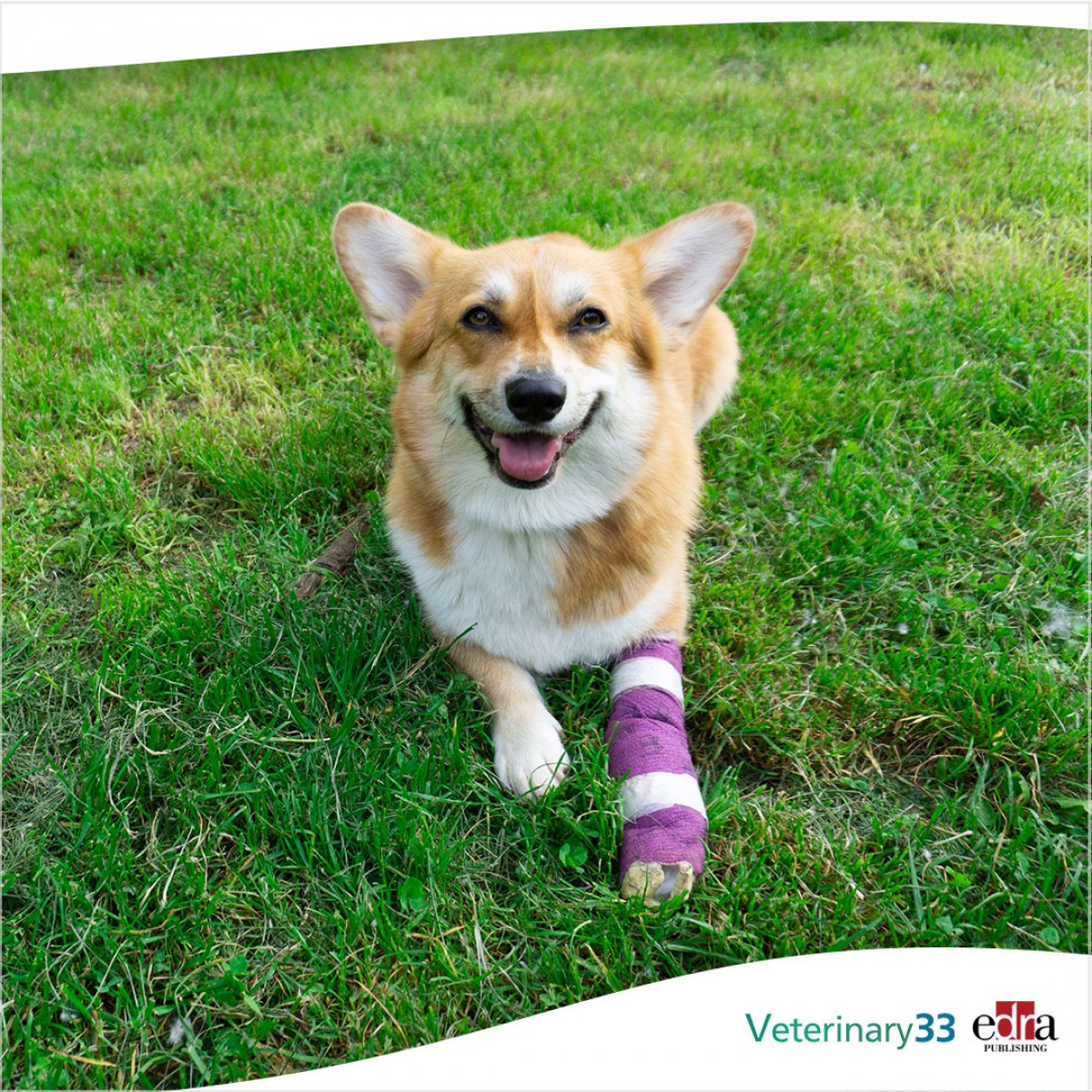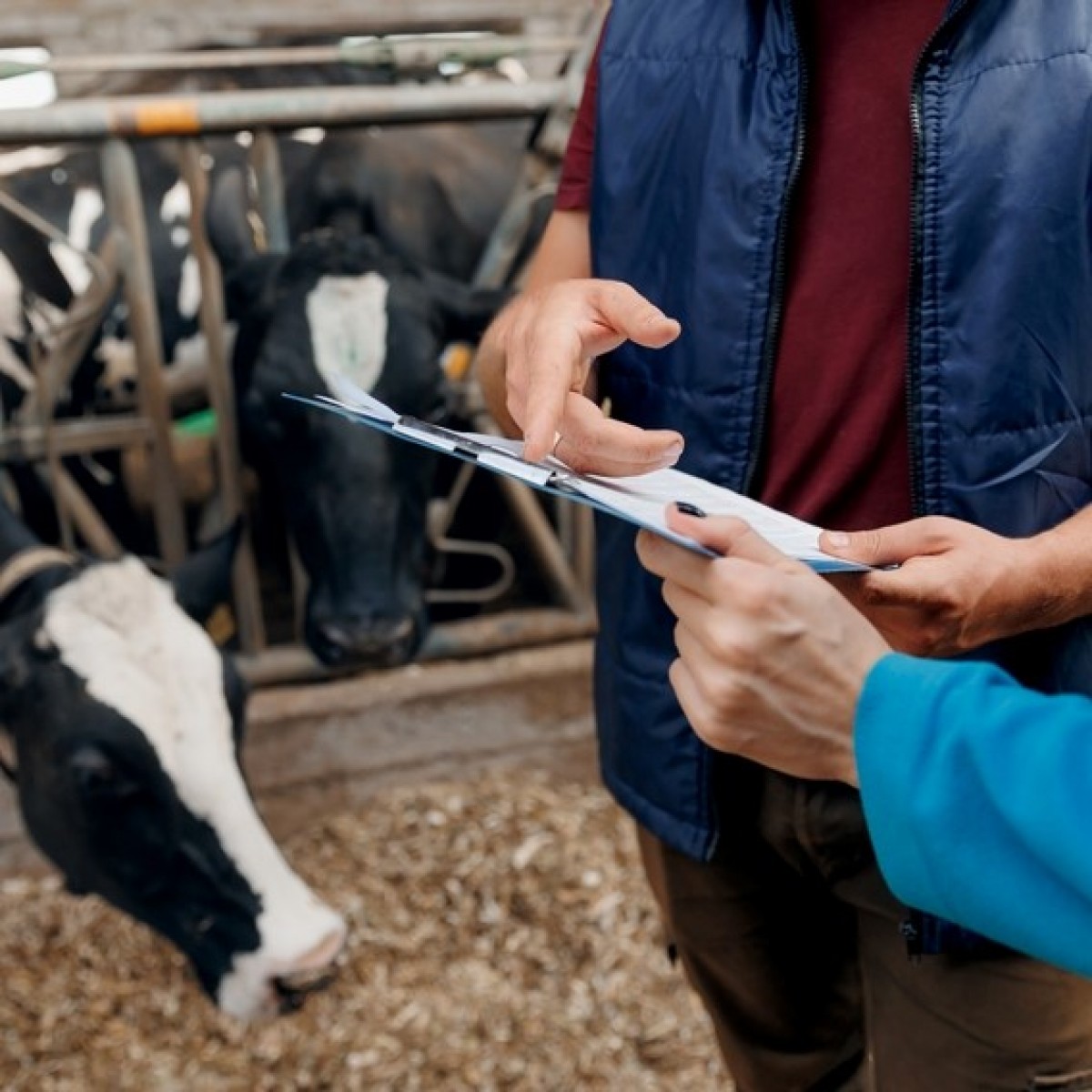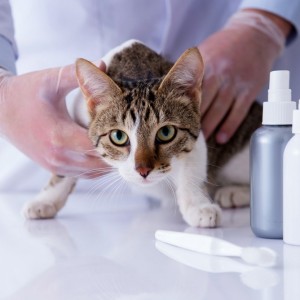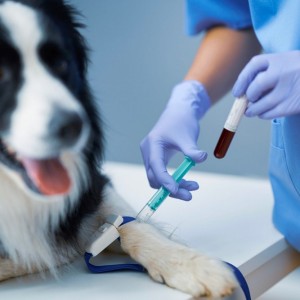Retrospective evaluation of surgical technique, complications and long-term outcome of lateral and medial humeral condylar fractures
Case history: Medical records from a single veterinary teaching hospital in Giessen, Germany were retrospectively reviewed for dogs presenting with medial or lateral humeral condylar fractures (HCF) between 2007 and 2019. Data regarding surgical technique and complications were collected from the medical records. These were supplemented through information obtained from telephone interviews with referral veterinarians and from an owner questionnaire completed ≥12 months after surgical repair, which also provided data regarding the outcome.
Clinical findings: Eighty dogs with 85 HCF were identified: 13 or 15.3% HCF were medial (bilateral in two dogs) and 72 or 84.7% were lateral (bilateral in three dogs). French Bulldogs (n = 19/80; 23.8%) were most commonly affected. Patients were predominantly skeletally immature and lightweight, with a median age at the time of presentation of 3 (min 2, max 118) months and with a median body weight of 6.4 (min 1, max 46) kg. There were 38 female (47.5%) and 42 male (52.5%) dogs. Fractures developed most frequently secondary to minor trauma (67/77; 87.0%). Dogs were presented in 35/84 (41.7%) cases more than 24 hours after fracture occurrence.
Treatment and outcome: Surgical treatment was performed in 80/85 (94.1%) HCF. An open reduction and internal fixation approach was chosen in all cases. A transcondylar screw (TS) combined with a supracondylar (SC) K-wire (67/80; 83.8%) was the most frequently used fixation technique. Considering all fracture fixation methods, complications (26/80; 32.5%) were classed as minor in 10 (12.5%), major in 14 (17.5%) and catastrophic in two (2.5%) of the 80 surgically treated HCF. Long-term outcome was excellent in 68.6% (24/35 HCF) and very good in 22.9% (8/35 HCF) of the cases for which follow-up information was obtained. Additionally, owner information revealed that 85.7% of dogs (30/35 HCF) were free of lameness in the long-term.
Clinical relevance: This case series demonstrates that surgical repair of lateral and medial HCF with a TS and SC K-wire is a viable option to consider in skeletally immature and light-weight patients. Complications occur frequently after surgical fixation of HCF, but owners can expect a very good to excellent long-term outcome in the majority of cases.
D Gluding, T C Häußler, K Büttner, M Kramer, C Peppler. "Retrospective evaluation of surgical technique, complications and long-term outcome of lateral and medial humeral condylar fractures in 80 dogs." New Zealand Veterinary Journal. 07 Sep 2022. https://doi.org/10.1080/00480169.2022.2114557













List
Add
Please enter a comment